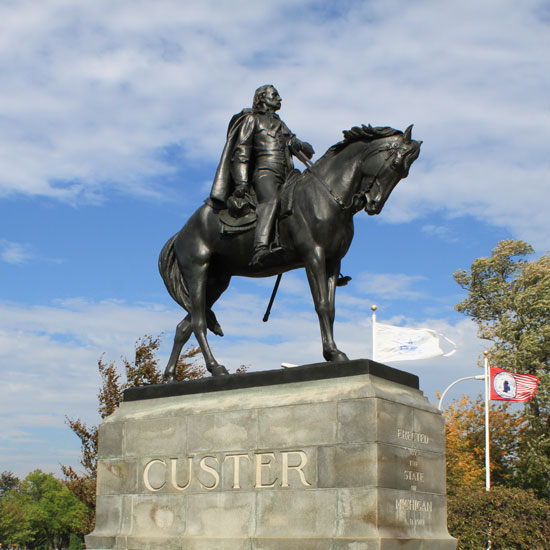
In a recent post, Karin showed us how the whole Bible is connected in one big story about God’s work to restore a fallen creation back to Himself. The truths of the gospel describe to us our destitute position and God’s wonderful deliverance. God has exalted the human race far beyond what we deserve—first, by creating us in his own image (Genesis 1:26); second, by promising to redeem us (Genesis 3:15); and lastly, by sending the Son in the likeness of human flesh (Romans 8:3). These truths also have implications for our whole lives, including what we do in relation to education.
Education should develop people in all the ways appropriate for human beings. This honors the reality of the image of God in man. We’re also training our children to live among other image-bearers. This can only be accomplished if they truly realize what being an image-bearer means and have been trained to view others that same way. School is a valuable opportunity for Christian worldview shaping.
Let’s consider one subject area—history. Do you ever talk about people as you teach history? Of course, you do. People are the primary topic of history. But does the fact that those people are made in the image of God ever affect what you say or do? Consider one familiar figure in American history, General George Armstrong Custer. To some people he’s a tragic hero. To others, he’s a villain. What you believe about the image of God in Custer, the men under his command, and the Plains Indians will affect what you say about him and the Battle of Little Bighorn.
I hope you’ll take a trip sometime this summer and visit a historically significant place. There, on the wall or in the ground will be a statue or a plaque to a certain man. Your homework assignment is to apply the reality of humans as image-bearers to that man. Then share that with your kids. Why is his statue there? Is he important? Is he valuable? Was he good or bad or a mixture of both. Remember that “good” and “bad” are determined by God. A person is not good simply because he agrees with you.
As you talk about him as an image-bearer of God, you can ask another question, “Did he honor the image of God in other people?” As you prepare to defend your conclusion from the Bible, you just might find that your own thinking hasn’t been entirely scriptural. What a wonderful opportunity to develop your biblical worldview alongside your child’s.
Leave a Reply